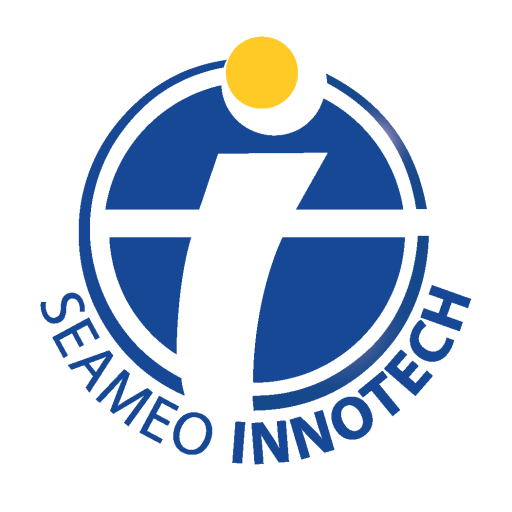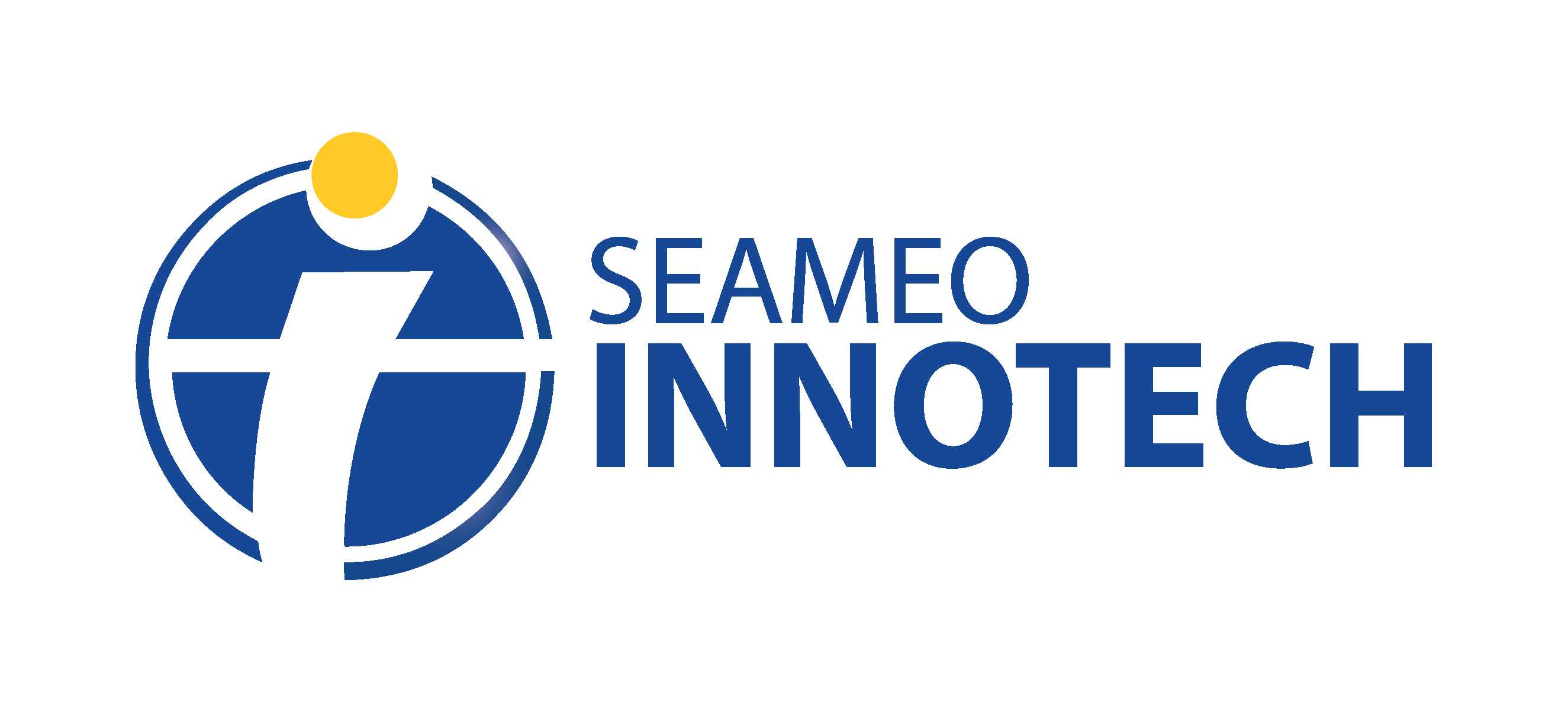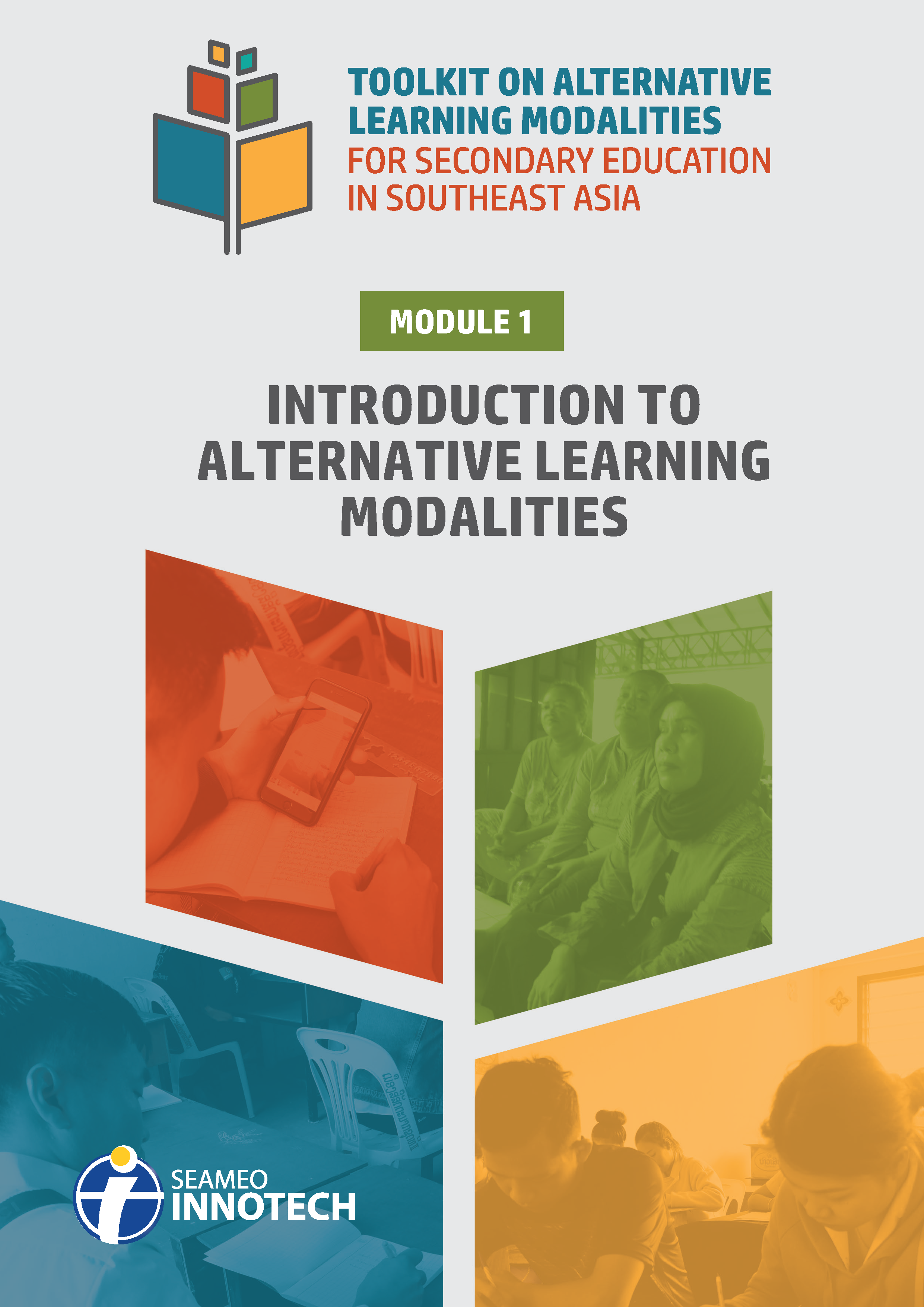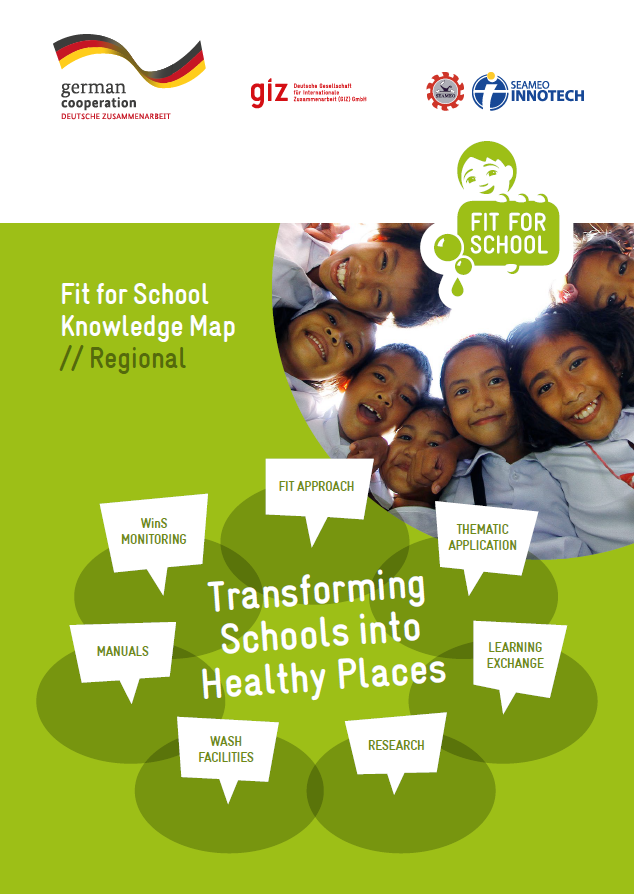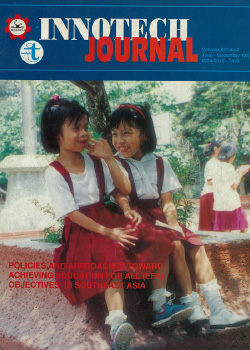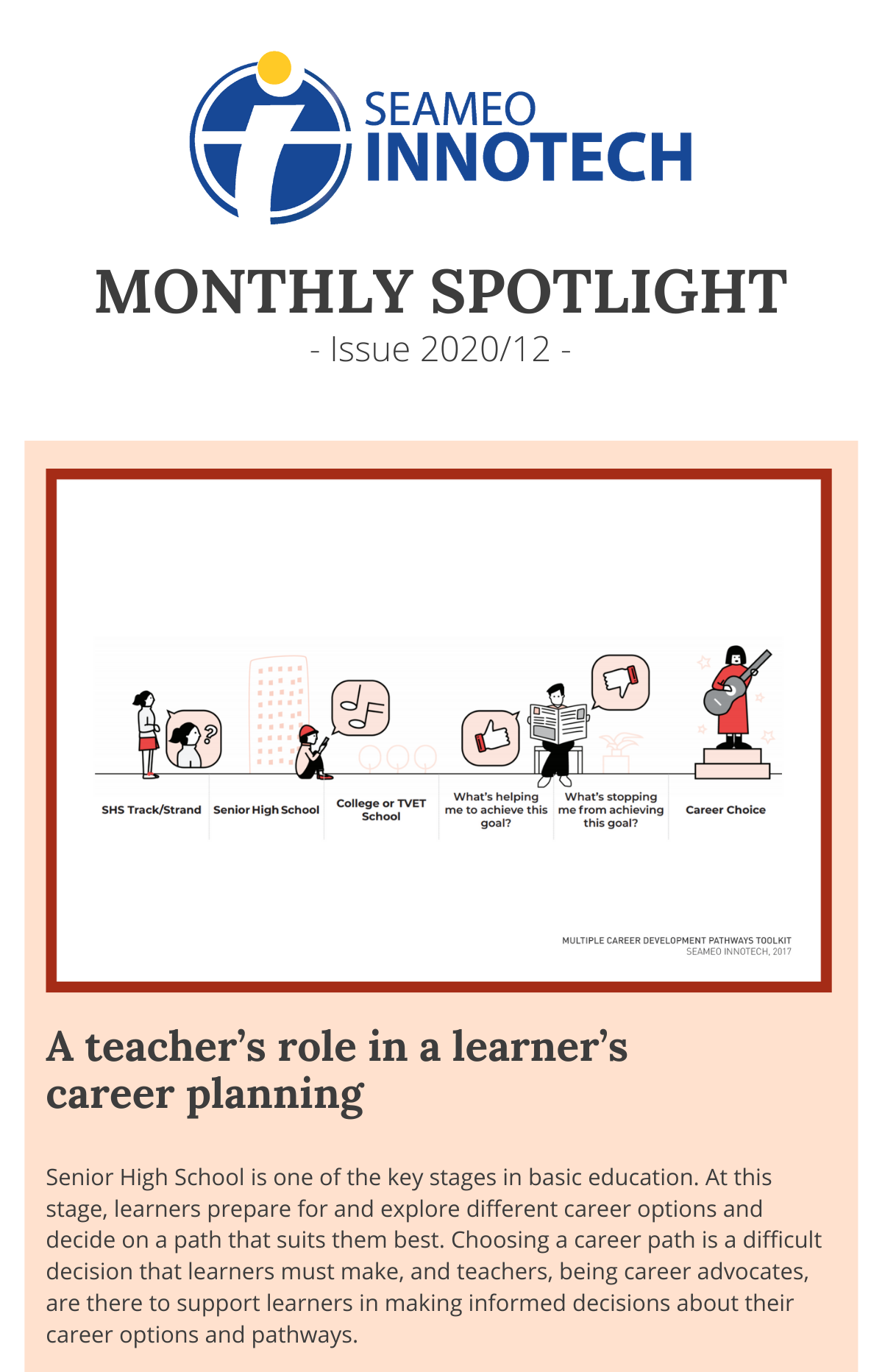
Issue: July – December 2003
Foreword: In the course of our work to improve education in Southeast Asia, we have seen a lot of schools doing quite well despite meager resources. Usually, the most common element among them is a committed school head who leads inspiringly and finds adequate means to get to a shared goal. Another critical trait of these successful schools is their willingness to open their doors, go out to the people in the community and engage them in talks and tasks that put the good of the school learners on top of priorities.
A welcome boon, therefore, to educational development efforts in the region has been SEAMEO’s making it its main crusade in 2003 to promote school-community partnership. During the year, scholars and practitioners have come together in forums to share nuggets of wisdom about what makes a school-community partnership worth the effort.
We begin in Singapore where Leong Jenn Yeoong describes national efforts to give parents and the larger community an active role in bringing about better academic outcomes among students. Projects such as COMPASS (Community and Parents in Support of Schools) have shown the value of strong leadership, continual training, commitment and communication in effectively linking with stakeholders to help schools achieve their targets for students.
In the Philippiness, Dr. Zenaida Domingo presents two initiatives that rely heavily on the participation of the community and the private sector. “text2teach” mobilized resources from the business community to provide schools with educational videos delivered through satellite and mobile communication techologies. The aim is to improve science instruction in grades five and six. Project TAO Kiddie PAMANA, on the other hand, mustered the support of the local government and oarents to deliver health- promoting education to pre-school children.
Following through on health, Dr. Jaime Galvez-Tan and Dr. Reynaldo Baquiran remind us that it is in school health where different sectors–education, health, social services, agriculture, civil society–can most effectively coordinate their tasks towards the common goal of a healthy community. The authors bring up the concept of an integrated school health program which is framed by the local community based on its needs, resources and standards, aiming ultimately to support families. This integrated concept of school health responds to still prevalent infectious diseases as well as to emerging morbidities among school-age children and young adults.
Dr. Erlinda C. Pefianco takes the point of view of the community as well in her paper which expounds on the critical relevance of educational development initiatives, especially along the thrusts of accessible education, developing thinking skills, promoting national identity and global values, and promoting lifelong and life-wide learning. These initiatives can lead to better outcomes if done jointly with the community. This line of thought is extended in Dr. Loyd Guidry’s discussion of contextual teaching and learning and how it works on dense classrooms. We see in his case study yet another teching-learning principle with a sensible utility across national borders.
We cap this issue with three authors from Malaysia (Aris, Harun and Ghaffar) who have been developing computer-based tools for adult learners. As you will see, these tools are finding their rightful place in universities, but the application promises relevance even beyond.
To access all articles in this issue, email us at info@seameo-innotech.org
